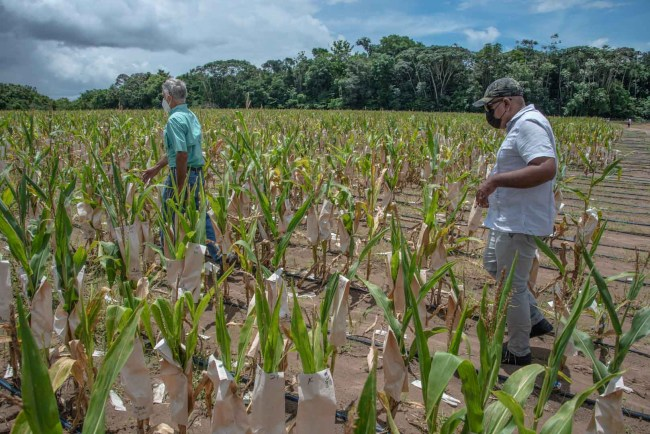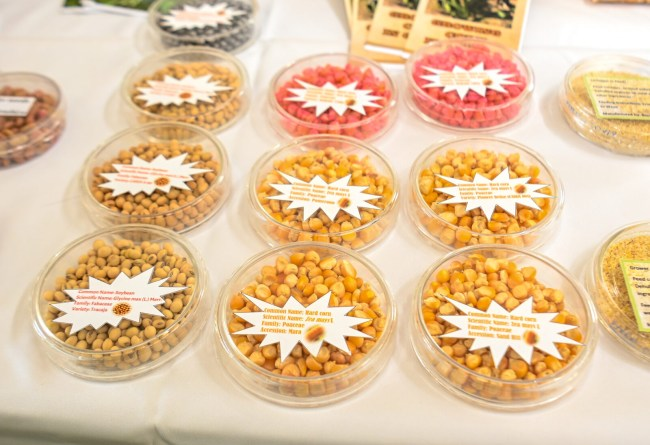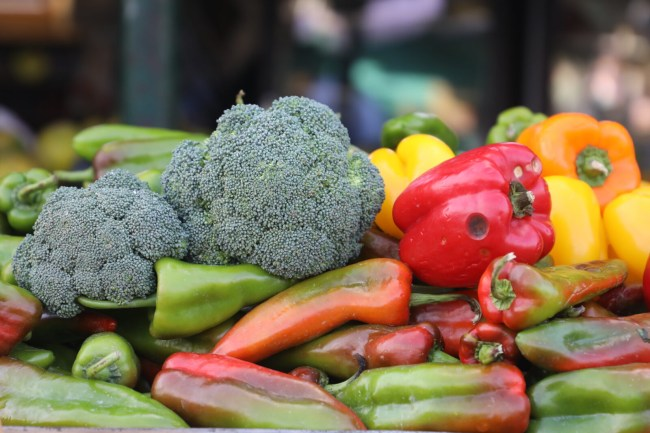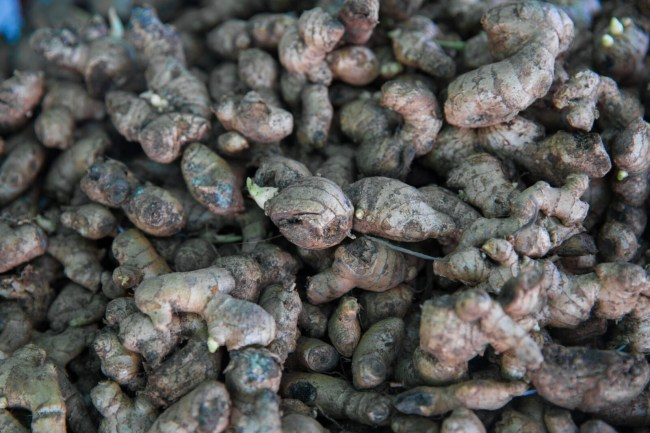Under the dynamic leadership of President Dr Mohamed Irfaan Ali, Guyana is claiming its place as the food basket of the Caribbean, breathing new life into farms, fields and agro-industries.
With record-breaking investments and a clear vision for food security, Guyana’s agriculture sector is creating jobs, empowering the country’s youth and positioning the nation to not only feed itself but the entire region for generations to come.
A sector transformed
Since 2020, agriculture has been a major pillar of the government’s agenda. In just five years, Guyana’s agricultural sector has seen a dramatic turnaround.
In 2020, the government allocated $18.4 billion to revitalise agriculture, investing in infrastructure, technology and human capital. That commitment has only deepened, with a historic $104.6 billion allocated in the 2025 Budget to fuel the sector’s continued growth.
Today, Guyana stands as the only self-sustainable food producer in the Caribbean, leading efforts to reduce the region’s food import bill and improve food sovereignty under CARICOM’s goal to reduce food imports by 25 per cent by 2025, which has now been extended to 2030.
This initiative is part of a broader strategic effort to enhance food security, promote local agriculture, and strengthen the region’s overall food sovereignty.
Investing in innovation and diversification
Guyana is not only growing more food; it is doing it smarter. By adopting specific initiatives to boost production in rice, sugar, corn, soya, ginger, turmeric and spices, Guyana is diversifying agricultural output to meet local and regional demands.
Thirteen new agro-processing facilities were established across Guyana, enhancing export capabilities while reducing import dependence and creating a competitive manufacturing sector.
More than $20 billion has been channelled into building farm-to-market roads, improving drainage and irrigation systems, and adopting climate-smart agriculture practices.
Revitalised farming communities in Mahaica, Mahaicony, Abary and Black Bush Polder are already reaping the benefits, with improved yields and increased incomes.
Easing the burden on farmers
Where once farmers faced heavy taxation and high costs, particularly under the APNU+AFC coalition between 2015 and 2020, today, they are benefiting from targeted government support, which includes a G$2 billion fertiliser subsidy as part of the government’s ongoing efforts to support the agriculture sector.
These measures align with the PPP/C Administration’s broader food security drive, ensuring farmers can focus on what they do best, and that is feeding the nation.
Empowering youth and women in agriculture
Recognising that the future of agriculture lies with the next generation, the government launched the Agriculture Innovative and Entrepreneurship Programme (AIEP) in 2022. This initiative is transforming young agriculturists into successful agri-business owners, providing training in soil management, seedling production, marketing and branding.
The results speak for themselves. Guyanese are now accessing non-traditional crops such as cauliflower, broccoli, carrots, romaine and iceberg lettuce at affordable prices, thanks to youth-led agri-businesses boosting domestic supply while reducing food costs for consumers.
Building a regional food hub
Guyana’s vision extends beyond its borders. In July, the government signed a landmark Memorandum of Understanding (MoU) with Bloomberg Grain to establish a regional food hub at Yarrowkabra, along the Soesdyke-Linden Highway.
This world-class facility will serve as the nexus for processing, canning, packaging, and exporting local produce to high-value international markets, solidifying Guyana’s role in global agri-food supply chains.









